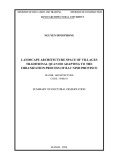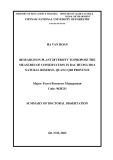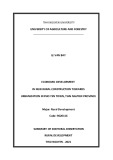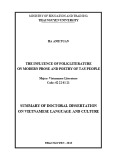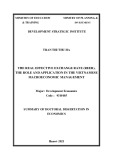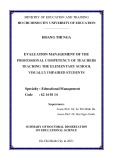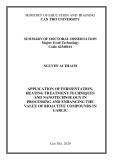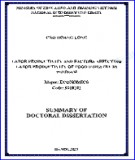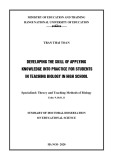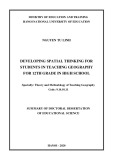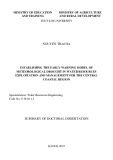
1
BACKGROUND
Impaired fasting glucose is a new concept developed by the
American Diabetes Association in 1997 and approved by the World
Health Organization in 1998 to address "pre-diabetes" as a risk factor
of type 2 diabetes mellitus. In 2003, the American Diabetes
Association proposed lowering the threshold to 5.6 mmol/l and
impaired fasting glucose was defined when fasting glucose levels
ranged from 5.6 to 6.9 mmol/l for early detection of potential risks of
type 2 diabetes mellitus.
The rate of prediabetes is increasing rapidly, especially in
people with high cardiovascular risk factors.
Although in the pre-diabetic stage, blood glucose levels
increase slightly, it begins to cause damage to the target organs,
especially when combined with other cardiovascular risk factors such
as obesity, hypertension, etc., then the lesions appear early and more.
The glucose tolerance test has not been routinely used in cases
of impaired fasting glucose, therefore, many cases of diabetes are
missed. On the other hand, screening for target lesions in high-risk
individuals for aggressive intervention for the purpose of delaying or
minimizing complications is not concerned. Therefore, this topic is
researched for two goals:
1. Study clinical characteristics, target organ lesions, glucose
tolerance test results and insulin resistance in patients with new
hypertension associated with impaired fasting glucose.
2. Evaluate the relationship between insulin resistance and
target organ lesions in patients with new hypertension associated
with impaired fasting glucose.






